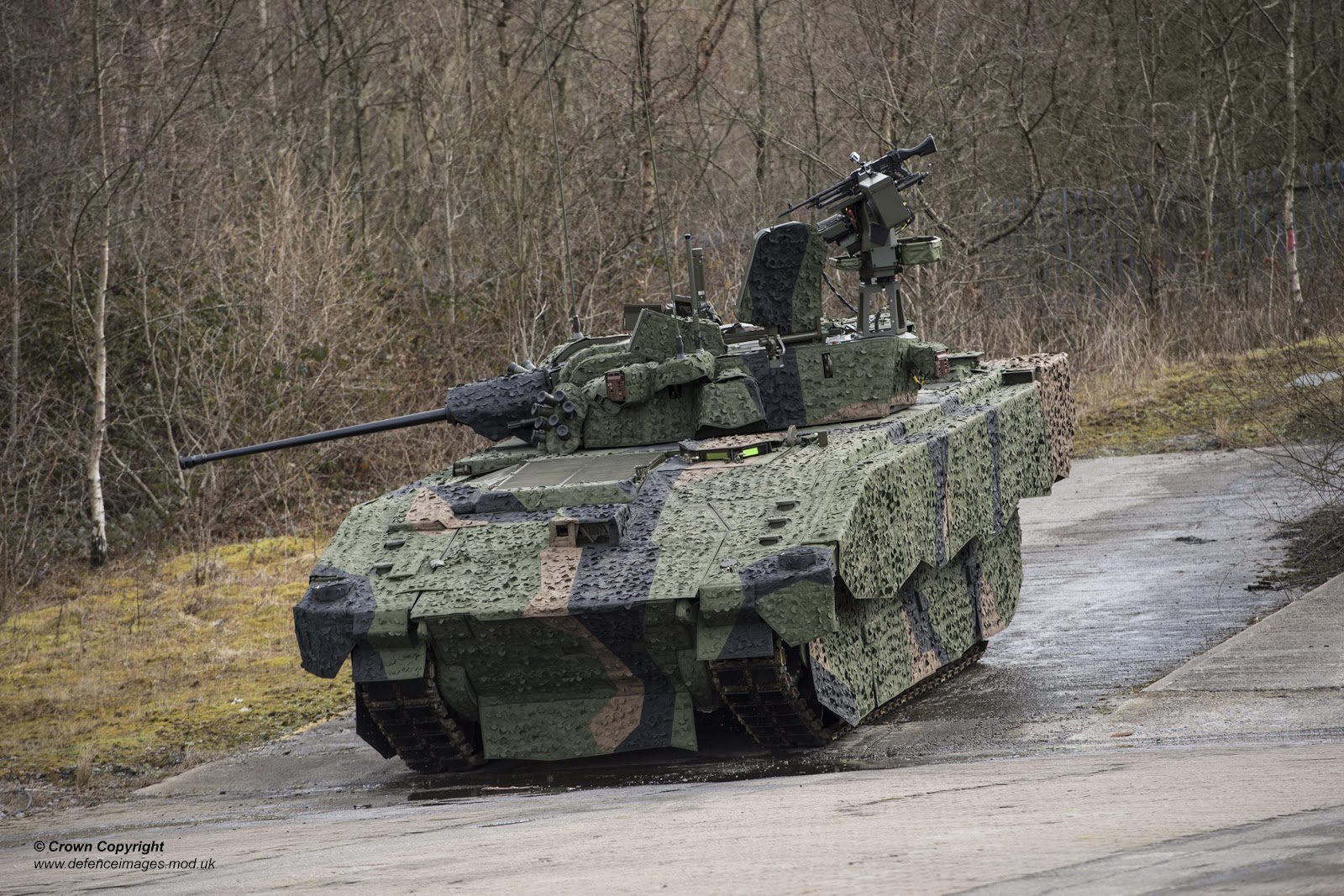

The service is finding opportunities to experiment, he added, taking a look at “a range of alternatives, putting soldiers in virtual prototypes and getting their feedback, not only on the physical platforms but also operationally, how would they fight systems that have different characteristics than what they have right now? … How would they fight formations differently if their tanks had different characteristics?” The Army is also considering “what are tanks most vulnerable to on the battlefield of today … and in the future,” he said. “We are consistently looking at ways to drive down the main battle tank’s weight to increase our operational mobility and ensure we can present multiple dilemmas to the adversary by being unpredictable in where we can go and how we can get there,” he said. Weight is a major inhibitor of mobility, Norman said. Milley also wants a tank that could be driverless, allowing the remaining crew to concentrate on fighting the enemy, or even completely crewless.His observations there reinforced the “necessity of having operational mobility, the ability to get your vehicles where they need to be on the battlefield,” he said. * lasers – which fire pure energy at the speed of light

* electrically-powered weapons, such as railguns – which use electromagnets to accelerate a solid metal slug to supersonic speeds He also highlighted two other technologies that could revolutionize armored vehicle design. A lot lighter in weight but gives you the same armor protection, that would be a real significant breakthrough. * the real sort of holy grail of technologies is new material for armor itself. *– reduced crews with automated turrets found on Russia’s new Russian T-14 Armata * Active Protection Systems” – electronic jammers and mini-missiles to stop incoming anti-tank weapons This means the new tank will take a long time and have a lot of development costs. General Mark Milley made clear he was looking for a “breakthrough,” not incremental evolution for the US Army’s next tank.


 0 kommentar(er)
0 kommentar(er)
